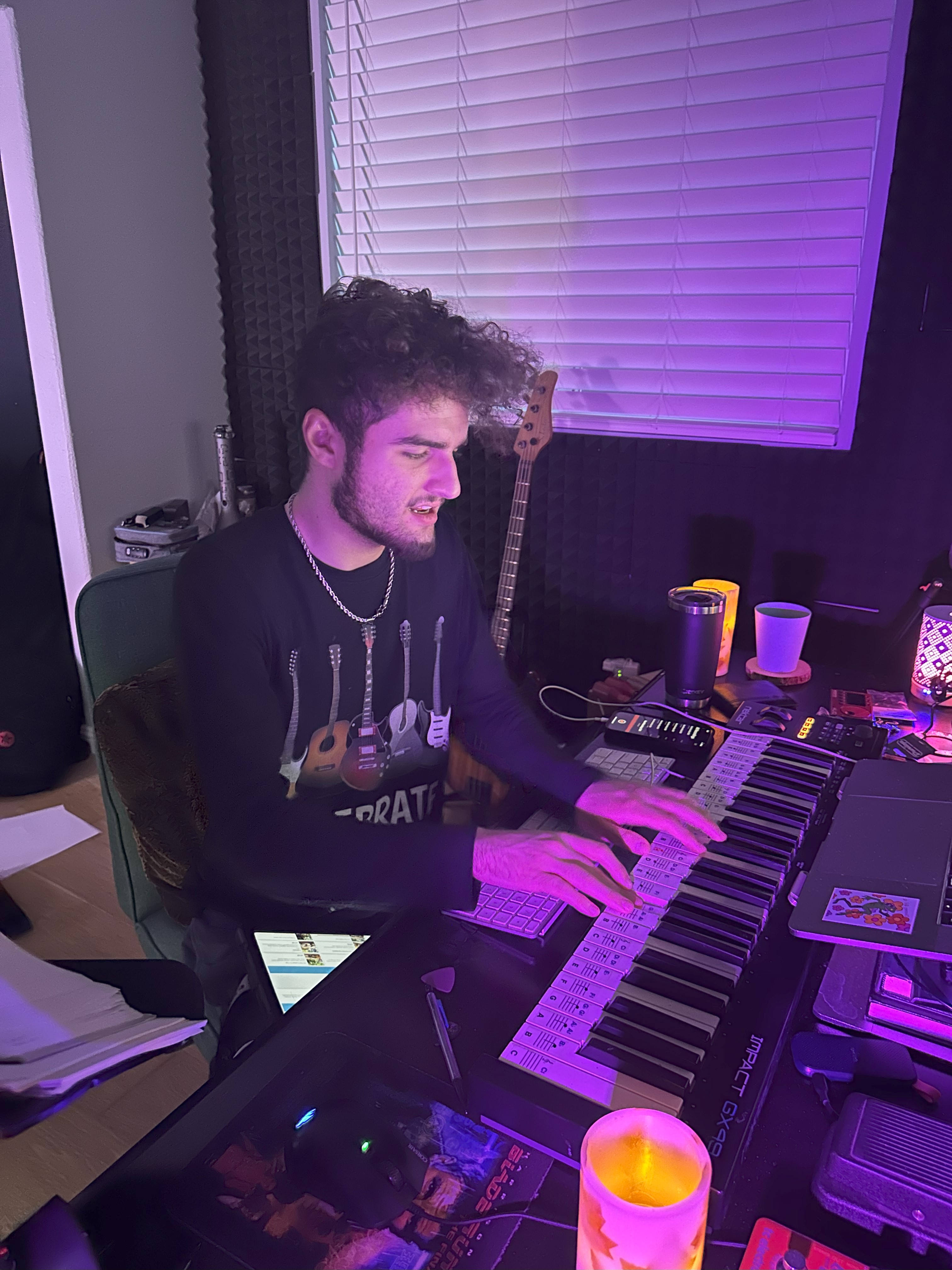My Approach to Music Production
Music production is both an art and a science. In this post, I'll share my creative process and the tools I use to produce music that resonates with listeners and meets professional standards.
When I first started producing music, I was overwhelmed by the countless tools, techniques, and approaches available. Over the years, I've developed a workflow that balances creativity with technical precision, allowing me to create music that feels both authentic and polished.
The Creative Foundation
Every great production starts with a solid musical idea. For me, this usually begins with either a melodic motif or a chord progression that captures a specific mood or emotion. I typically record these initial ideas using my guitar or keyboard, even if they'll eventually be performed by different instruments.
Once I have a core musical idea, I focus on developing its arrangement. This involves deciding on the overall structure of the piece and how different elements will interact throughout. I find that visualizing the music as a narrative helps create a cohesive flow from beginning to end.
Technical Approach
My DAW of choice is Ableton Live, which I've found offers the perfect balance of creative flexibility and technical precision. I organize my production into the following phases:
- Composition and Arrangement: Laying out the foundational elements and structure.
- Sound Design and Selection: Crafting or selecting the perfect sounds for each element.
- Recording: Capturing live instruments and vocals with attention to performance and acoustics.
- Editing: Refining performances and ensuring technical precision.
- Mixing: Creating a balanced, three-dimensional sound space.
- Mastering: Finalizing the overall sound for different listening environments.
Essential Tools
While the specific tools I use vary depending on the project, there are a few essentials in my production toolkit:
- Ableton Live (DAW)
- Universal Audio Apollo Interface
- Neumann TLM 103 Microphone
- Fender Stratocaster and PRS Custom 24 guitars
- Arturia KeyLab MIDI controller
- Soundtoys and Fabfilter plugin suites
"Production is ultimately about serving the song. Every technical decision should enhance the emotional impact of the music, not distract from it."
Finding Your Own Approach
If you're developing your own production style, I recommend focusing on these key areas:
- Develop your critical listening skills by analyzing productions you admire
- Master the fundamentals of your DAW before investing in expensive plugins
- Record and produce regularly, even if the results aren't perfect
- Seek feedback from trusted sources to identify blind spots
- Experiment with unconventional techniques to develop a unique sound
Remember that great production enhances the emotional impact of the music. Technical perfection means nothing if the music doesn't connect with listeners on an emotional level.
In future blog posts, I'll dive deeper into specific aspects of my production process, including mixing techniques, guitar recording methods, and creative sound design approaches.


